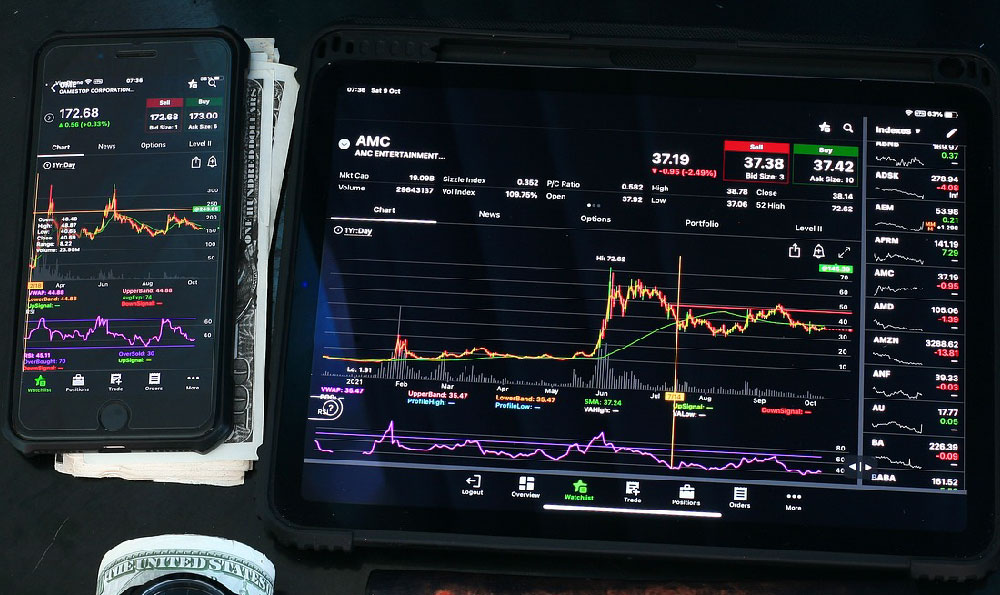TikTok Monetization: The Role of Follower Count and Beyond
When considering how to monetize a TikTok account, many creators focus on the number of followers as the primary benchmark. While this metric plays a significant role in determining eligibility for monetization programs, it is not the sole determinant of success. Understanding the broader landscape of TikTok’s monetization strategies, audience engagement, and content quality is critical for creators aiming to generate sustainable income. The platform has evolved to offer multiple pathways for monetization, each with its own set of criteria that extend beyond mere follower numbers.
TikTok’s official monetization initiatives, such as the TikTok Creator Fund and brand partnerships, are structured to reward creators who meet specific performance thresholds. The TikTok Creator Fund, for example, provides payments based on the number of views, watch time, and follower count, but it also emphasizes the content’s relevance, originality, and audience retention. Creators who consistently produce high-quality material that aligns with TikTok’s community guidelines are more likely to receive payouts, regardless of their follower count. This means that while a substantial following can open doors, it is the depth of engagement and the value of the content that ultimately drive financial returns.

Brand partnerships and sponsorships are another lucrative avenue for TikTok creators. Unlike the Creator Fund, these opportunities are often negotiated directly with brands and depend on the creator’s credibility, audience demographics, and content niche. For instance, a creator with 100,000 followers in the fitness industry may secure a partnership with a wellness brand, whereas a creator with millions of followers might attract collaborations with global companies. The key here is not just the quantity of followers but also the quality of the audience—specifically, their alignment with the brand’s target market. Creators who can demonstrate niche authority and a consistent viewership are more attractive to marketers, making their follower count less important than the audience’s engagement and demographics.
The TikTok algorithm also plays a vital role in determining visibility and, consequently, monetization potential. While the exact algorithm remains undisclosed, it is clear that content with high engagement rates, such as likes, shares, comments, and saves, is prioritized. This means that even creators with fewer followers can gain significant reach if their content resonates with users. For example, a creator with 50,000 followers who produces videos that receive 10,000 likes and shares may appear in the feeds of users with millions of followers, creating opportunities for sponsored content or affiliate marketing. The algorithm’s focus on engagement implies that creators should prioritize producing content that encourages interaction rather than solely chasing follower growth.
In addition to follower count and engagement, the geographic location of the audience can influence monetization. TikTok has different policies and payouts based on the region, with some countries offering higher earning potential than others. For instance, creators in the United States and India may have access to more monetization programs and higher average payments compared to those in other parts of the world. This variation highlights the importance of tailoring content to local preferences and understanding the regional dynamics of the TikTok ecosystem.Creators should also consider their niche and the competition within their field. While a creator in a highly competitive category like fashion may need a larger follower base to stand out, a creator in a less saturated area such as niche hobbies or educational content might achieve monetization with fewer followers.
Another factor often overlooked is the consistency of content. Monetization on TikTok is not an overnight success; it requires a steady output of high-quality, engaging material that maintains audience interest over time. Creators who post regularly and refine their content strategy based on analytics and audience feedback are more likely to meet the requirements for monetization. This underscores the importance of building a loyal community rather than just accumulating followers. A dedicated audience that actively engages with content is far more valuable for monetization purposes than a large but disengaged following.
For those utilizing TikTok’s live streaming features, the number of followers is not the only consideration. Live streaming monetization relies on factors such as the number of viewers during a broadcast, the duration of the stream, and the level of donations or tips received. Creators who host live streams with high viewer retention and active participation can generate income through virtual gifts, even if their follower count is relatively low. This suggests that diversifying monetization strategies by incorporating live streaming can provide additional revenue streams without relying exclusively on follower growth.
The intersection of TikTok monetization and other digital platforms also warrants attention. Creators who integrate their TikTok presence with YouTube, Instagram, or other social media channels may access a broader range of monetization opportunities. For example, a creator with a strong YouTube following might leverage their TikTok audience to drive additional traffic and revenue through cross-promotion. This synergy can be particularly beneficial for creators aiming to maximize their earning potential across multiple platforms.
Ultimately, the path to monetizing a TikTok account is multifaceted, with follower count serving as just one of many factors. Creators who understand the nuances of TikTok’s monetization policies, audience engagement, and content strategy are better equipped to navigate the platform’s financial opportunities. While reaching a certain follower threshold can be a milestone, it is the combination of a loyal audience, high-quality content, and strategic engagement that determines long-term success. By focusing on these elements, creators can cultivate a sustainable income stream that aligns with their goals and the evolving landscape of TikTok’s monetization ecosystem.












